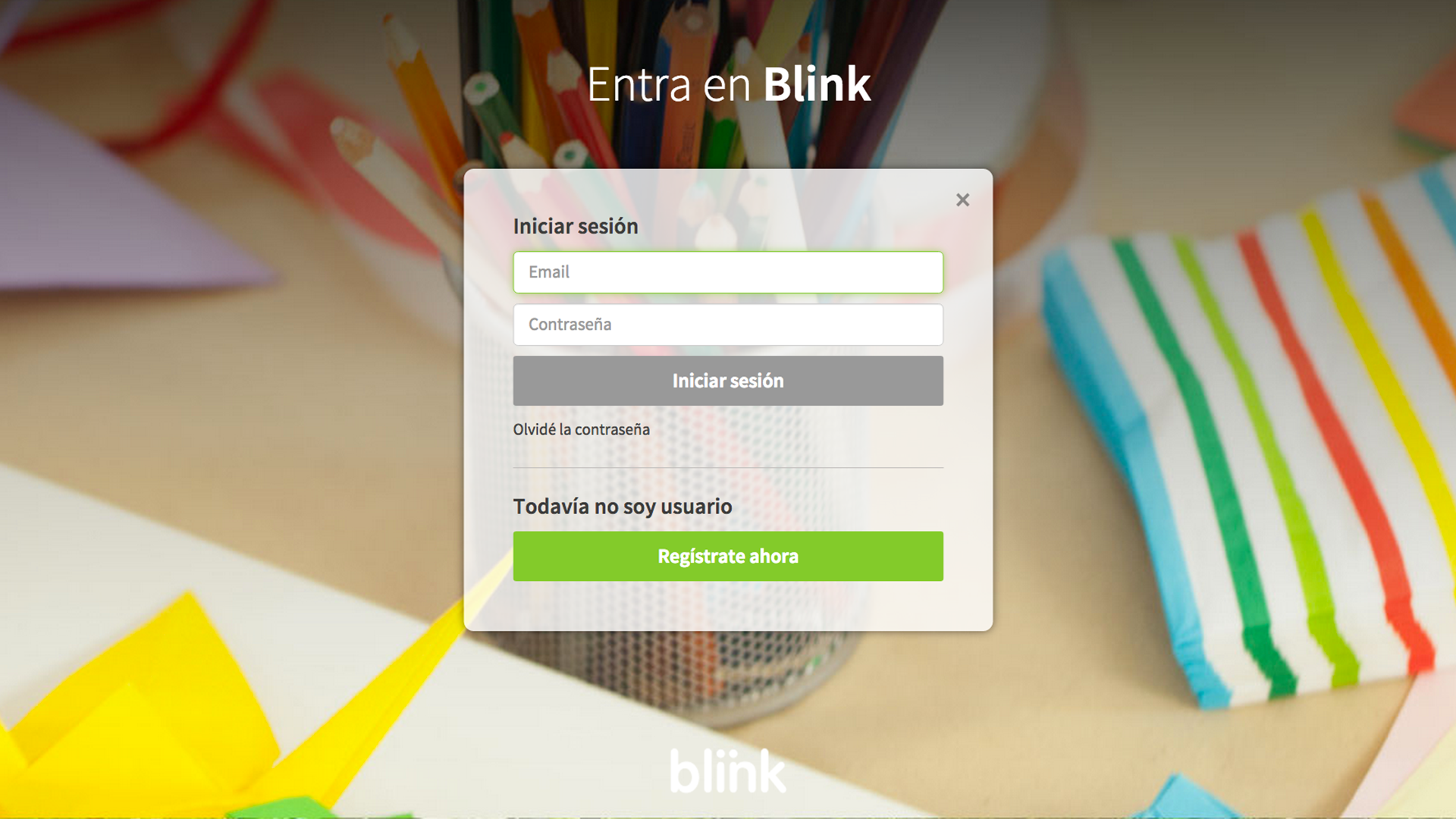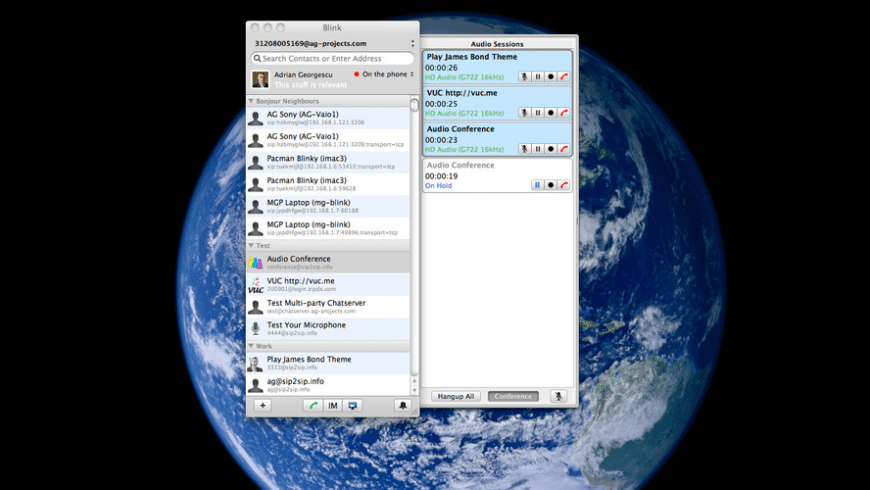

Paste the code below into the IDE window. If you can’t find the board, make sure you entered the correct Board Manager URL and that the URL still returns something in the browser. Select your board (I selected ESP32 Dev Modules).You should see a listing for esp32 by Espressif Systems.Select Tools > Board: * > Boards Manager.

For Additional Board Manager URLs enter in the field on its own line:.From the main menu select Arduino > Preferences.This step was adapted from the Espressif arduino-esp32 repo. Step 3: Configure the Arduino IDE for ESP32 boards Copy the Arduino app to the Applications folder.Double click the *.zip file to extract the application.Download the IDE for your operating system.This article was tested using the Arduino IDE version 1.8.10. Confirm the power LED on the board is on (on my board it is a red LED).Plug the USB cable into your ESP32 board.So you won't need an external power supply. The board will be powered by the USB cable for this example. The first thing that you need to do is plug the ESP32 board into your Mac. AmazonBasics USB 2.0 A-Male to Micro B Charger Cable (2 Pack), 3 feet, Black.So I used a cable from one of my Android devices. The model I use has a micro-USB connection. MELIFE 2 Pack ESP32 ESP-32S Development Board 2.4GHz Dual-Mode WiFi + Bluetooth Dual Cores Microcontroller Processor Integrated with ESP32s Antenna RF AMP Filter AP STA for Arduino IDE.If you would like to use the one that I used for this article, you can buy it from Amazon in the US using my affiliate link: Several manufacturers create their own version of the ESP32 board. In the steps below, I will show you how to do that. Once you add support for the board to the Arduino IDE, you can write and run a simple blink example. To blink the onboard LED of an ESP32 Dev Kit board you can program it like an Arduino board. These instructions were written using a Mac ( click here for the Windows instructions). In this article I show you how to blink the onboard LED of an ESP32 Dev Kit board.


 0 kommentar(er)
0 kommentar(er)
